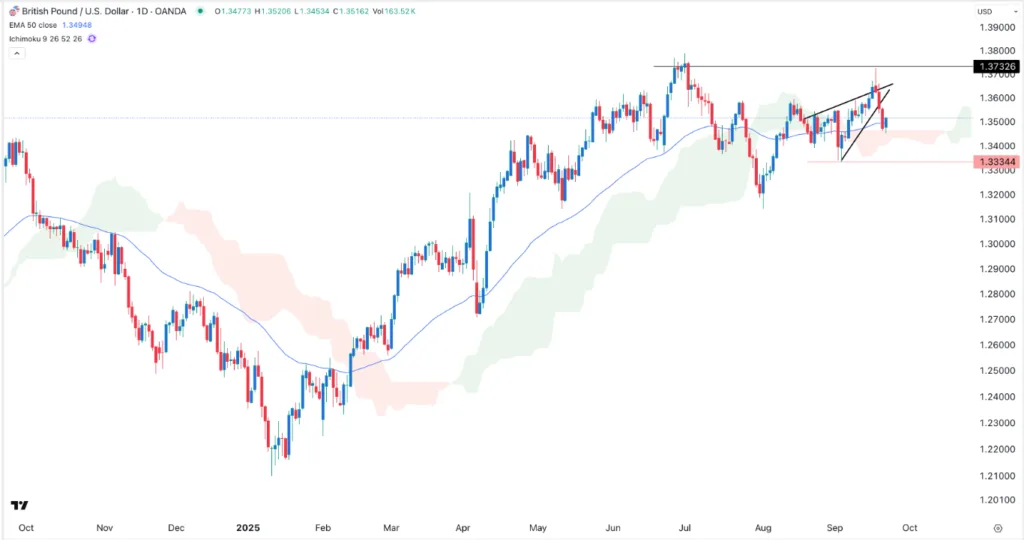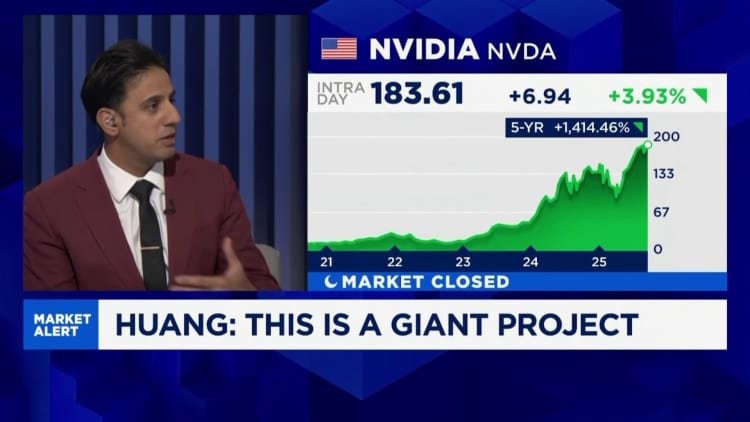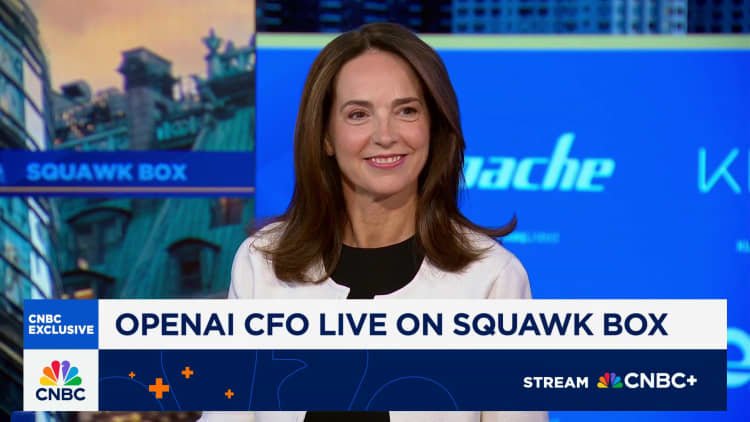Longtime readers might have noticed that I rarely spend much time writing about macroeconomic issues. One of my core beliefs is that it’s almost impossible to predict the future direction of interest rates, economic growth, currency movements, and inflation, not to mention how those factors might impact investment performance.
As Peter Lynch famously said, “If you spend 13 minutes a year on economics, you’ve wasted 10 minutes.”
That said, it can be helpful to zoom out and take a big-picture view from time to time. To do so, I updated a chart included in Morningstar’s Markets Observer that depicts seven key metrics and where each one stands relative to its range over the past 20 years. I like this chart because it packs in so much information; even without reading all the details, you can glean that six of these seven metrics currently stand at pretty high levels relative to their historical ranges. Writ large, that suggests some caution may be warranted.

Gold
Current level: Very high
What it means: Gold has been on a tear but be wary of chasing performance.
As I wrote in a recent article, gold has been the top-performing major asset class over the past 20 years, and also gained more than 31% for the year to date through Aug. 31, 2025. This performance has partly been driven by central banks around the world buying up gold as they “de-dollarize” their reserve assets, as well as other investors seeking a safe haven amid macroeconomic turmoil and geopolitical uncertainty.
Those trends could continue, but there’s also additional risk now that gold is trading at such a pricey level. Academic researchers Campbell Harvey and Claude Erb have found that, over time, gold prices tend to revert to the mean. When gold is trading at elevated prices in inflation-adjusted terms, prices have often declined in subsequent periods. That happened in 1980, when steep prices were followed by a long period of sluggish returns during most of the following decade. The same pattern showed up when the real price of gold reached a peak in August 2011, which was followed by a sharp downturn from 2013 through 2015.
In short, the recent runup in gold means potential risk is even higher than usual. In my opinion, it’s prudent to limit any gold exposure to 5% of the total portfolio (or less). And it’s important to keep in mind that the current bull run probably won’t last forever.
Federal-Funds Rate
Current level: Relatively high
What it means: Even after a rate cut, yields on cash are still higher than inflation, making fixed-income securities relatively attractive.
The midpoint of the target range for the federal-funds rate stood at 4.33% as of Aug. 31 (the date for all of the data above) but has since declined to about 4.15%. However, the fed-funds rate remains significantly higher than its low of 0.04% as of late 2011, when the Federal Reserve’s zero interest rate policy reached its nadir. In the wake of the global financial crisis, the Fed aggressively dropped short-term rates to near zero to stabilize the economy. It also purchased US Treasuries and agency mortgages as another way to keep bond yields low. ZIRP and successive rounds of quantitative easing led to a nearly 15-year period of low borrowing costs.
Fast forward to March 2022, and ZIRP became a distant memory as the Fed embarked on a series of aggressive interest-rate hikes to tamp down inflation. But even now that rates have once again been moving lower, yields on cash and short-term securities remain relatively attractive. For example, the three-month Treasury bill yield of about 3.98% as of Sept. 19, 2025, remained well above the most recent annual inflation rate of 2.90%. As a result, investors saving for short-term goals don’t need to worry about the value of their savings eroding over time, at least for the moment.
More broadly, yields on high-quality fixed-income securities remain significantly higher than they were a few years ago. When rates were extremely low, there was nowhere for yields to go but higher and nowhere for bond prices to go but lower. Now we’re clearly in a different environment, making bonds more attractive than they were a decade ago.
US Market P/E
Current level: High
What it means: Domestic stocks are priced at steep levels, making international diversification even more important than usual.
US stocks have been the second-best-performing major asset class over the past 20 years (falling just slightly short of gold over that period). Aside from a couple of brief downturns in 2018, early 2020, and 2022, domestic equities have continued to power ahead, with price gains driven by growth in corporate earnings as well as multiple expansion. As a result, the overall price/earnings ratio for the Morningstar US Market Index has more than doubled from its low of 10.19 in the wake of the global financial crisis. The benchmark’s P/E as of Aug. 31 was down slightly from a peak of 28.61 but still on the high end of the range over the past 20 years.
Equity valuations could remain elevated if corporate earnings continue to deliver, but high prices also mean stocks have more room to fall if growth falls short of expectations. And now that valuations have already climbed higher, there’s not as much room for future multiple expansion as a driver of equity market returns.
While the US market as a whole isn’t in the bargain bin, there are still some pockets of value available for price-conscious investors. Smaller-cap stocks, as well as sectors such as energy, healthcare, and real estate, look more attractive based on Morningstar’s estimates of their underlying fair value. And valuations on international stocks remain lower than those of their domestic counterparts, despite the strong gains in non-US stocks so far this year.
Brent Crude
Current level: Relatively low
What it means: Consider adding a small position in a broad-based commodity fund that includes energy exposure for inflation protection.
The price of oil has been subject to dramatic highs and lows over the past 20 years. At the beginning of the period, prices surged, driven by growing demand from China and other emerging markets, combined with limited supply. As a result, prices reached a peak of about $146 per barrel in July 2008. That was followed by a precipitous drop during the global financial crisis, when the price dropped by more than 50%. Prices partially recovered over the next few years, only to suffer sharp losses in 2014, and 2015 as the OPEC group of major oil-exporting countries kept production levels high, leading to a glut in supply. Fast forward to the pandemic, and oil prices reached a low of $19.33 per barrel in April 2020.
Since then, oil prices have partially recovered but have mostly been in a downtrend over the past few years. Concerns about economic weakness in China and the shift toward renewable energy have weighed on returns. Geopolitical issues such as ongoing wars in the Middle East and Ukraine have also added to uncertainty.
Many of these headwinds could continue, and a potential economic slowdown in the United States would be another negative. But for investors who can tolerate risk, a small stake in a broad-based commodities fund that includes exposure to energy could help improve portfolio diversification and hedge against inflation.
Bitcoin
Current level: High
What it means: If you don’t already hold bitcoin or other digital assets, beware of buying into the hype.
Bitcoin is a newer entrant on the scene and didn’t exist until relatively recently. The pseudonymous Satoshi Nakamoto mined the initial genesis block on the bitcoin blockchain in early 2009, but most buyers couldn’t purchase bitcoin until later in the year. Initial purchases could be made for pennies on the dollar, with a low price of $0.05 per bitcoin in July 2010. Early buyers have racked up spectacular gains since then, and bitcoin’s annualized return of 86.2% over the trailing 10 years ended Aug. 31, 2025, made it by far the best-performing asset class over that period.
However, potential buyers should be aware of bitcoin’s extreme price volatility. In addition to its eye-popping gains, bitcoin has been subject to extreme drawdowns. The price dropped by about 75% between December 2017 and January 2019, and similar amounts during another “crypto winter” between October 2021 and December 2022.
Because bitcoin doesn’t generate cash flows, it’s tough to pin down what its value should be. And while the digital asset has started to gain more credibility among institutional investors, it remains a speculative asset with price swings often driven by fear of missing out. It’s now trading within about 10% of its peak of about $123,000 per bitcoin, making caution even more warranted.
US Dollar Index
Current level: Relatively high
What it means: The dollar could weaken further over the next several years.
For years, the US dollar seemed unstoppable. The Nominal Broad U.S. Dollar Index hit a low of 85.47 in July 2011 and mostly continued marching upward until the beginning of this year. Toward the start of the dollar’s long climb, it benefited from turmoil in other markets. As countries such as Greece, Italy, Portugal, and Spain grappled with unsustainable debt levels, investors fled euro-denominated assets and took refuge in the dollar instead.
Generally strong economic growth and rising corporate earnings in the US also bolstered the dollar, as did the greenback’s undisputed position as the world’s leading reserve currency.
That narrative has started to change. For the year to date through Aug. 31, 2025, the Nominal Broad U.S. Dollar Index dropped about 7%. However, the current index value of 119.83 remains on the high end compared with the dollar’s range over the past 20 years. Central banks around the world have been “de-dollarizing” their reserves by purchasing both gold and other currencies. The rising federal debt, which is equivalent to 119% of gross domestic product, could also weaken investor confidence and further decrease demand for dollar-based assets. Additional rate cuts by the US Federal Reserve later this year would be another factor depressing demand for dollar-based assets.
All of this makes it especially important to make sure your portfolio has some exposure to non-dollar-denominated assets. In addition to domestic equity exposure, most portfolios should include an international-stock fund that doesn’t hedge its currency exposure.
US Real Housing Price
Current level: Very high
What it means: Retirees may have an opportunity to tap into home equity to help cover spending needs, while younger people may be priced out of home buying.
After dropping for a few years in the wake of the global financial crisis, US home prices have mostly climbed higher in inflation-adjusted terms. Our customized benchmark of real (inflation-adjusted) housing prices hit a low of 53.33 in early 2012 and is now close to its peak of 94.24.
While housing prices vary by location, many retirees may be sitting on hundreds of thousands of dollars in housing wealth. In the Chicago metropolitan area, for example, the average home is now priced at about $362,000, compared with as low as $160,000 in 2012. Retirees who don’t mind downsizing could sell an existing residence and move into a smaller condo, townhouse, or single-family home. Proceeds from selling a house could also be used to cover part of the costs for moving into a continuing-care retirement community.
Retirees who don’t want to relocate could also consider a home equity loan or home equity conversion mortgage, although both options can be pricey and complex.
On the other end of the spectrum, younger people might find themselves priced out of buying a home. They might need to settle for a smaller fixer-upper or continue renting for a few more years while building up savings.







